Nose to Tail at Campagnolo Roma
I’m both intrigued and reassured by the resurgence and resilience of nose to tail dining. I’m a big fan of the whole beast movement, for any number of reasons. I’m intrigued because it really is a nod to a bygone era. Reassured because it’s utter common sense that, despite all the challenges faced, seems to have firmly taken hold.
In so many ways, I have my parents to thank for my appreciation. As a kid, I vividly recall trips to the local butcher. The floor was covered in sawdust—but it was always cleanly kept. My dad, who often did the meat shopping, would discuss the week’s needs. The various cuts were always explained—and there was never any shortage of “odd bits.”
In our family it wasn’t unusual to eat (a weekend) breakfast of pork or lamb kidneys along with a mixed grill of bacon and tomatoes, even if we never actually ‘graduated’ to the likes of brains or sweetbreads. A taste for those came later in life.
As a teenager, I went to France and lived on a farm during a couple of summers. Here I was even more enlightened as to the reality of from where food comes: the butcher made house calls.
Nose to Tail: It Just Makes Sense
Nose to Tail is smart on so many levels, not the least of which is that it directly contributes to more local consumption. By using more parts of the animal (that are all too often discarded or rendered) it reduces the amount of food we need to transport.
However, beyond the fact that some generally under-appreciated cuts or parts are just darned delicious, there is something overall much bigger that nose to tail speaks to. It allows us to truly celebrate the notion of using the entire beast. In short, it enhances or confirms our respect for the animal.
A couple of years ago I interviewed Robert Belcham (for The Essential Vancouver) on the popularity of nose to tail butchery cuisine. Here’s a little of what he had to say:
“We make use of every last bit,” he said.
“From lard for cooking and making pastries; skins for making stocks and for brodos, sausages, hams and specific cuts for the menu such as porchettas.”
Butchery is a dying art that needs reviving, says Belcham.
“The skills are not there like they used to be. I teach cooks to become chefs not cooks and to do that you have to know how to butcher an animal.”
Campagnolo Knows
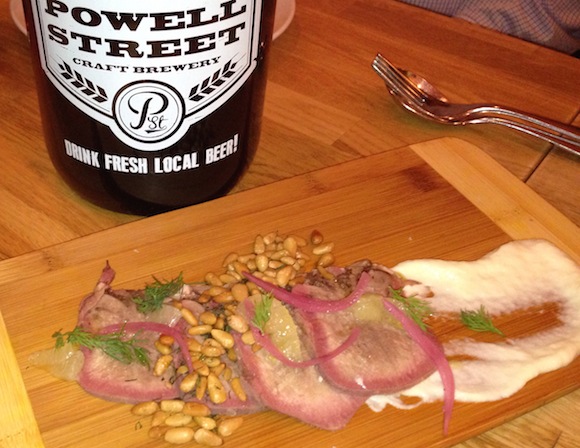
Campagnolo Roma’s Nose to Tail menu led off with veal tongue with tuna belly, mayonnaise and lemon (paired with Powell Street Ode to Citra Pale Ale)
Last week, I jumped at the chance to take in another nose to tail extravaganza, this time at Belcham’s Campagnolo Roma.
The Quinto Quarto dinner added up to a fun night. But what struck me in particular was a couple things: first, that the room was packed with a truly enthusiastic—and entirely trusting—crowd. Secondly, that there wasn’t a single dish that didn’t impress; and third, how fantastic the pairings were with beers from Powell Street brewing.
When I interviewed Campagnola Roma Chef Joachim Haywood for my column in this weekend’s Courier, he told me he hadn’t been into nose to tail butchery—until he started working for Belcham.
It was tough to pick a winner from this lineup, although I was particularly impressed with the veal tongue and braised Shanks, especially matched with Powell Street’s Dive Bomb Porter.
“Once a month we run special cuts, like calf liver or beef tongue, as a feature. But we really only highlight several of those off-cuts once a year.”
Hayward says these kinds of dinners make it more approachable for the average diner. Plus it’s a chance for the diners to veer away from what might be typical offal dishes cooked at home, such as liver and onions.
People come to the dinners, often because they want to get out of their comfort zone, says the chef.
“They go away enlightened and full of new ideas. Often they’ll come back and ask me how to they might prepare those items at home.”
Shank, brisket, shin, even trotters and other braise-worthy cuts are beginning to be more appreciated, especially for their flavour. Brains can be tougher to find, although Hayward says Halal butchers are a great resource.
Supply of quality animals is not plentiful. (Campagnolo’s pigs come from Sloping Hill Farm, in Qualicum Beach.) That explains in part why such dinners are few and far between. My hunch is that a lot of people are already signed up for the next one – and maybe you should too!
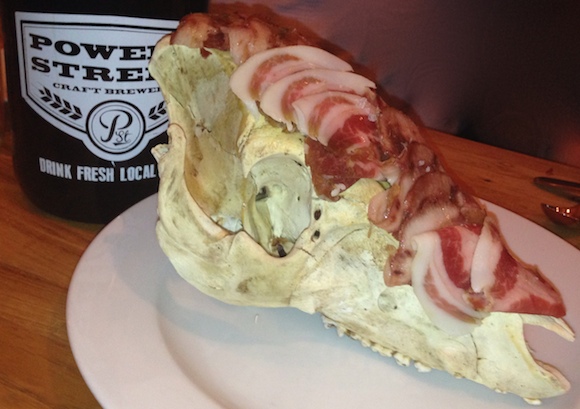
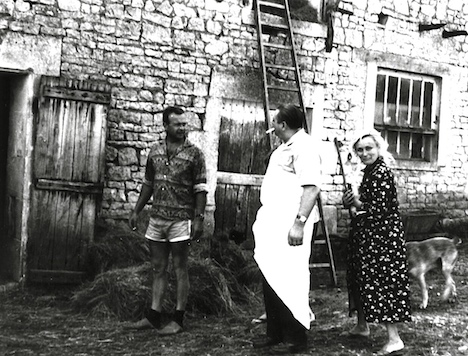
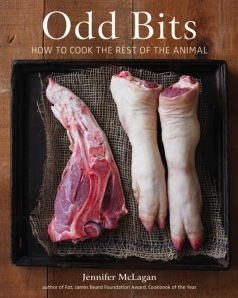
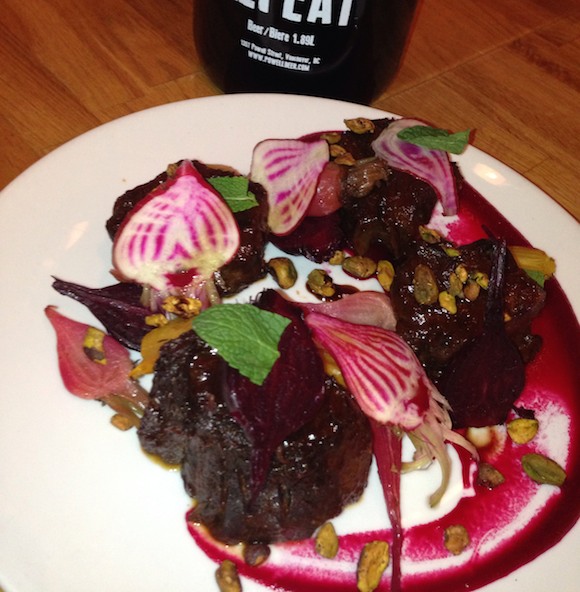

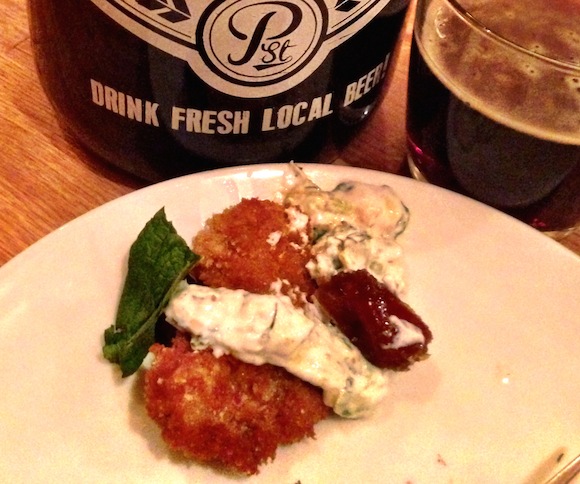
Leave A Comment